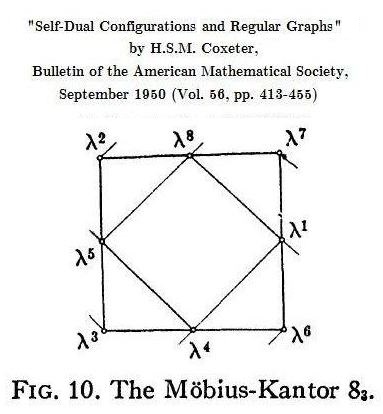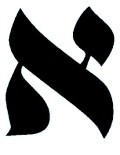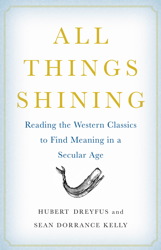 |
Indiana Jones
and the Hidden Coffer
|
In memory of Bernard Williams,
Oxford philosopher, who died Tuesday, June 10, 2003.
“…in… Truth and Truthfulness [September, 2002], he sought to speak plainly, and took on the post-modern, politically correct notion that truth is merely relative…”
— Christopher Lehmann-Haupt
“People have always longed for truths about the world — not logical truths, for all their utility; or even probable truths, without which daily life would be impossible; but informative, certain truths, the only ‘truths’ strictly worthy of the name. Such truths I will call ‘diamonds’; they are highly desirable but hard to find….
A new epistemology is emerging to replace the Diamond Theory of truth. I will call it the ‘Story Theory’ of truth: There are no diamonds. People make up stories about what they experience. Stories that catch on are called ‘true.’ The Story Theory of truth is itself a story that is catching on. It is being told and retold, with increasing frequency, by thinkers of many stripes…. My own viewpoint is the Story Theory….”
— Richard J. Trudeau, The Non-Euclidean Revolution, Birkhauser Boston, 1987
Today is the feast day of Saint Jorge Luis Borges (b. Buenos Aires, August 24, 1899 – d. Geneva, June 14, 1986).
From Borges’s “The Aleph“:
“The Faithful who gather at the mosque of Amr, in Cairo, are acquainted with the fact that the entire universe lies inside one of the stone pillars that ring its central court…. The mosque dates from the seventh century; the pillars come from other temples of pre-Islamic religions…. Does this Aleph exist in the heart of a stone?”
(“Los fieles que concurren a la mezquita de Amr, en el Cairo, saben muy bien que el universo está en el interior de una de las columnas de piedra que rodean el patio central…. la mezquita data del siglo VII; las columnas proceden de otros templos de religiones anteislámicas…. ¿Existe ese Aleph en lo íntimo de una piedra?”)
From The Hunchback of Notre Dame:
Un cofre de gran riqueza
Hallaron dentro un pilar,
Dentro del, nuevas banderas
Con figuras de espantar.*
* A coffer of great richness
In a pillar’s heart they found,
Within it lay new banners,
With figures to astound.

See also the figures obtained by coloring and permuting parts of the above religious symbol.

Lena Olin and Harrison Ford
in “Hollywood Homicide“


















